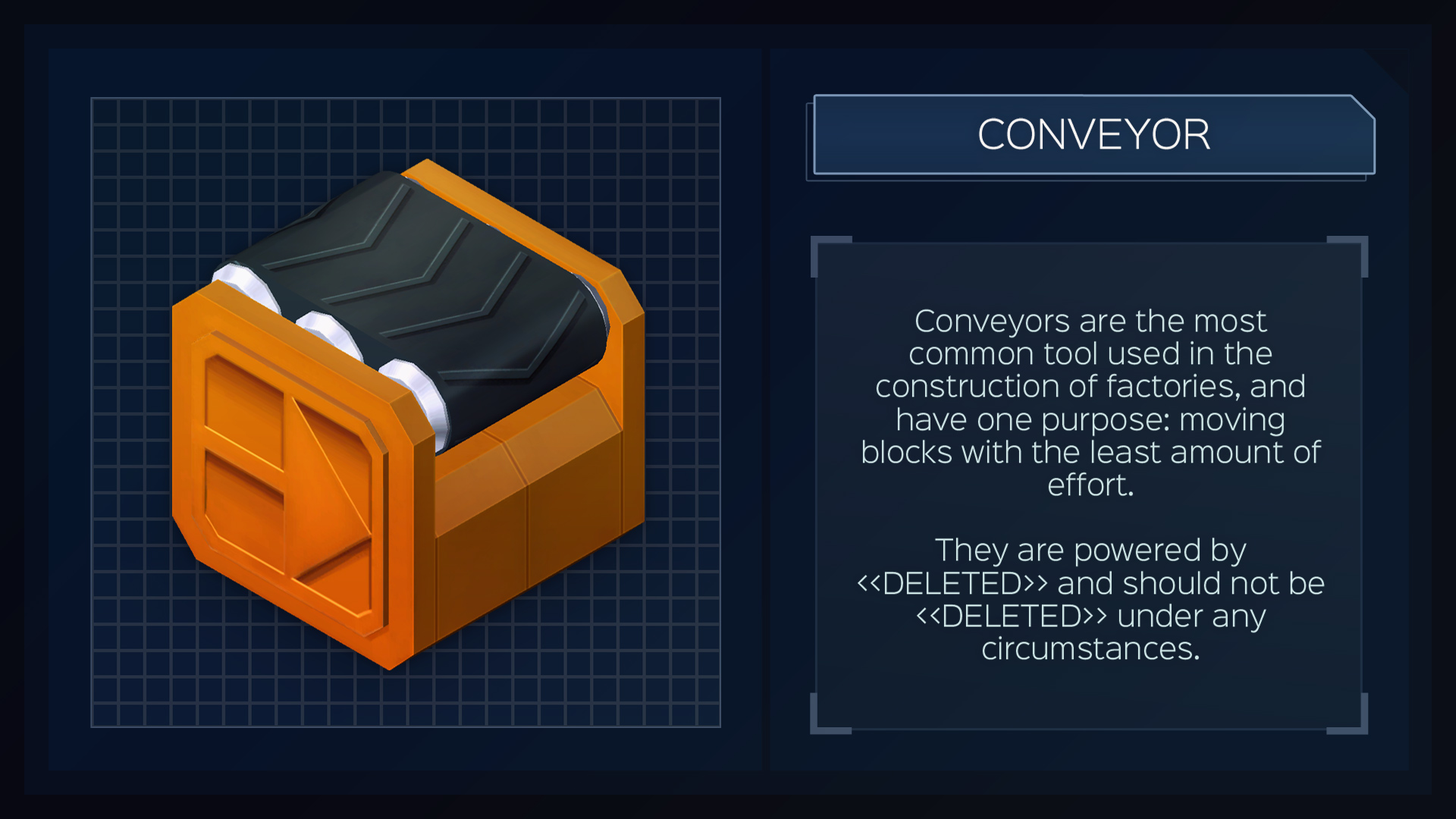

And of course we here at Hackaday have been in love with Falstad since discovering it a few years ago. SPICE programs allow engineers to prototype circuits on the schematic level. There are more serious tools that do a good job of helping engineers design circuits. It also, notably, lacks the measurements that make it more than a novelty. Circuit123 claims to offer the ability to visualize electrical activity in a circuit but it’s almost a joke - there’s an LED that appears to light up, and a motor with a turning shaft, and that’s pretty much it. On the lower end, some online layout programs have rudimentary connectivity indicators - in Fritzing the contact point turns green once it’s connected, or red if contact is broken. They’re not a substitute for practical testing, but are crucial to helping the engineer understand the abstract concepts that pop up in electron theory. Of course major EE programs do in fact have circuit simulation built right in.
INFINIFACTORY INVERTED SENSOR SOFTWARE
This goes way beyond simple circuits and easily hops back and forth over the divide between hardware logic and software logic.Ĭircuit simulation is a very cool idea - arrange virtual electronic components on the screen and test the circuit prior to assembly.


But chances are you never tried some of the really incredible things Minecraft can do when it comes to understanding logic structures. I know what you’re thinking… a lot of people think Minecraft is getting long in the tooth. But the one I’m reaching for is Minecraft. There are a myriad of tools out there that I could pick up to satisfy this compulsion. I’ve got virtual circuits on the mind lately.


 0 kommentar(er)
0 kommentar(er)
